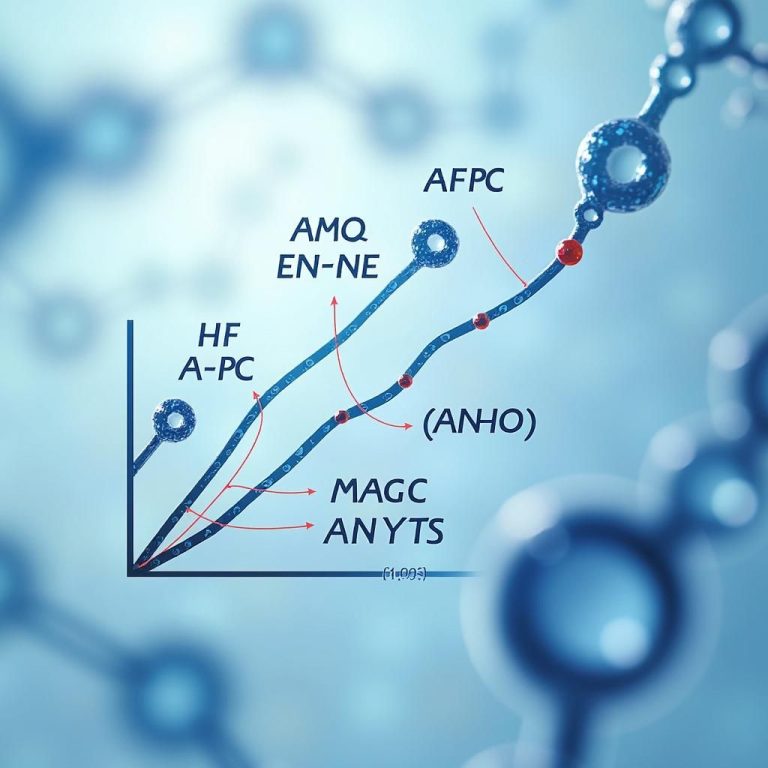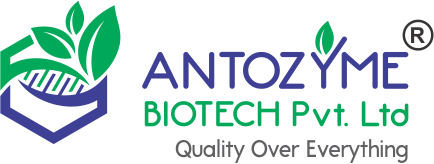Specific Activity vs Enzyme Activity: What’s the Difference?
Understanding the difference between enzyme activity and specific activity is crucial for quality control, formulation decisions, and enzyme sourcing. Though they sound similar, these two terms measure different aspects of an enzyme’s effectiveness — and both play a vital role in industrial enzyme applications.
This guide breaks it down clearly for buyers, chemists, and formulators.
What Is Enzyme Activity?
Enzyme activity measures the total catalytic power of an enzyme preparation. It tells you how much substrate the enzyme can convert over time, regardless of how much actual protein is present.
🔬 Commonly Measured As:
- Units (U or IU): 1 unit = the amount of enzyme that catalyzes the conversion of 1 µmol of substrate per minute under specified conditions
- Expressed per gram or per mL of the product
🧪 Example:
A sample has 8,000 U/g of protease activity → it converts 8,000 µmol of substrate per gram per minute
Learn more about this metric: Enzyme Activity & Specifications

What Is Specific Activity?
Specific activity measures the enzyme activity per milligram of total protein. It shows the purity and efficiency of the enzyme preparation — useful in both research and high-precision industrial settings.
📐 Formula:
Specific Activity = Total Enzyme Activity (U) / Total Protein (mg)
🧪 Example:
If an enzyme prep has:
- Total activity = 8,000 U
- Total protein = 40 mg
- → Specific activity = 200 U/mg
Why It Matters:
- Higher specific activity = more efficient enzyme (less filler protein)
- Used in batch standardization, enzyme purification, and QC benchmarking
Why Are Both Metrics Important?
Enzyme Activity | Specific Activity |
Shows total reaction capacity | Shows purity/efficiency |
Used in product labels & dosage | Used in formulation QC & research |
Measured in U/g or U/mL | Measured in U/mg |
Affected by formulation carriers | Affected by total protein content |
When to Use Which?
- Enzyme Activity is key when:
- You’re choosing between enzyme batches
- You’re comparing products for bulk performance
- Specific Activity is crucial when:
- You’re benchmarking enzyme quality
- You’re working with high-purity or pharma-grade enzymes
Antozyme reports both metrics for transparency — including the method used to measure them. Learn how enzyme activity is tested in our Enzyme Assay Methods page.
Final Takeaway
Think of enzyme activity as how much work the enzyme can do, while specific activity tells you how efficiently it works. Both are critical when evaluating a reliable enzyme supplier.
At Antozyme, every enzyme batch is tested and reported with:
- Total enzyme activity (U/g or U/mL)
- Specific activity (U/mg)
- Assay method used for measurement
Ready to source tested, high-performance enzymes? Visit our Enzyme Supplier page.
FAQs - Frequently Asked Questions
Q1. What is the difference between enzyme activity and specific activity?
Ans – Enzyme activity measures the total catalytic capacity of an enzyme batch, while specific activity measures enzyme activity relative to total protein content, indicating purity.
Q2. When should I use enzyme activity versus specific activity in enzyme sourcing?
Ans – Use enzyme activity to compare total batch performance and dosage; use specific activity to assess enzyme purity and efficiency, especially in high-grade applications.
Q3. How does specific activity affect enzyme formulation?
Ans – Higher specific activity means less inactive protein or filler, enabling more precise dosing and improved product consistency.
Q4. Why does Antozyme report both enzyme activity and specific activity?
Ans – Reporting both metrics ensures full transparency, helping customers evaluate enzyme potency and quality accurately.
Q5. Are enzyme activity and specific activity measured using the same assay methods?
Ans – They are related but distinct measurements; enzyme activity measures total conversion rate, while specific activity normalizes that rate by protein content, often using protein assays alongside enzyme assays.
